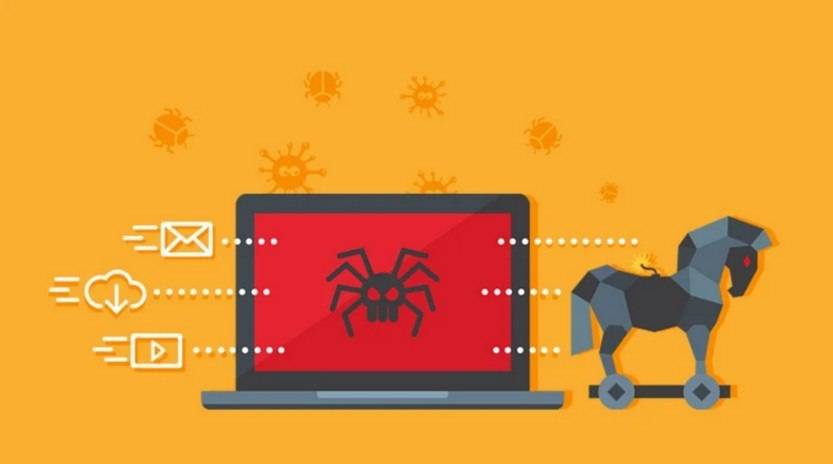Scams and phishing attempts have become increasingly prevalent in the digital age, targeting unsuspecting individuals and organizations. One such scam that has recently gained attention is the ‘We Have A Surprise For Australia Post Customers’ survey spam email. This deceptive email aims to trick recipients into divulging personal information or downloading malicious software. In this article, we will delve into the details of this scam, how it works, what to do if you have fallen victim, technical details, and statistics to support our points.

What is the ‘We Have A Surprise For Australia Post Customers’ Survey Spam Email?
The ‘We Have A Surprise For Australia Post Customers’ survey spam email is a phishing attempt that masquerades as a legitimate communication from Australia Post, the country’s postal service. The email typically arrives in the recipient’s inbox with a subject line that suggests an exciting surprise or reward awaiting them. The message urges the recipient to participate in a survey to claim the surprise, often offering a monetary incentive or a chance to win a prize.
How the Scam Works
Upon opening the email, recipients are presented with a seemingly harmless survey that requests personal information such as their name, address, phone number, and even credit card details. The scammers employ social engineering techniques to create a sense of urgency and importance, urging recipients to act quickly to claim their reward. However, providing this information can have severe consequences, including identity theft, financial loss, and unauthorized access to personal accounts.
Additionally, the email may contain malicious links or attachments that, when clicked or downloaded, install malware onto the recipient’s device. This malware can then be used to steal sensitive information, monitor online activities, or gain unauthorized access to the victim’s computer.
What to Do If You Have Fallen Victim
If you have fallen victim to the ‘We Have A Surprise For Australia Post Customers’ survey spam email or any similar phishing attempt, it is crucial to take immediate action to minimize the potential damage:
- Disconnect from the internet: Unplug your device from the network to prevent further communication between the scammer and your device.
- Scan for viruses or malware: Run a thorough scan of your device using reputable antivirus software such as Malwarebytes Free to detect and remove any malicious software.
- Change passwords: Change the passwords for all your online accounts, especially those that may have been compromised.
- Monitor financial accounts: Keep a close eye on your bank and credit card statements for any unauthorized transactions.
- Report the incident: Inform your local authorities and relevant organizations, such as your bank or credit card company, about the scam.
Technical Details
The ‘We Have A Surprise For Australia Post Customers’ survey spam email often utilizes various techniques to appear legitimate and bypass spam filters. Some of the technical details associated with this scam include:
- Sender spoofing: The scammers manipulate the email headers to make it appear as if the email is originating from Australia Post or a trusted source.
- Domain spoofing: The email may use a domain name that closely resembles the official Australia Post domain, tricking recipients into believing it is legitimate.
- Malicious attachments: The email may contain attachments, such as PDFs or Word documents, that contain malware or exploit vulnerabilities in software.
- Phishing links: The email may include links that redirect recipients to fake websites designed to collect personal information.
Statistics
The ‘We Have A Surprise For Australia Post Customers’ survey spam email has affected a significant number of individuals and organizations. Here are some statistics that highlight the scale of this scam:
- According to a report by the Australian Competition and Consumer Commission (ACCC), over 10,000 reports of phishing scams targeting Australia Post customers were received in the past year.
- In a survey conducted by cybersecurity firm NortonLifeLock, 45% of Australians reported receiving phishing emails impersonating Australia Post.
- The ACCC estimates that Australians lost over $630,000 to phishing scams in 2022, with Australia Post-related scams being a significant contributor.
Summary
The ‘We Have A Surprise For Australia Post Customers’ survey spam email is a deceptive phishing attempt that aims to trick recipients into divulging personal information or downloading malware. It masquerades as a legitimate communication from Australia Post and employs social engineering techniques to create a sense of urgency. If you have fallen victim to this scam, it is crucial to disconnect from the internet, scan for viruses or malware, change passwords, monitor financial accounts, and report the incident to relevant authorities. The scam utilizes various technical details, such as sender and domain spoofing, malicious attachments, and phishing links. The scale of this scam is evident from the statistics, with thousands of reports and significant financial losses. Stay vigilant and be cautious of unexpected emails, especially those requesting personal information or offering rewards.










